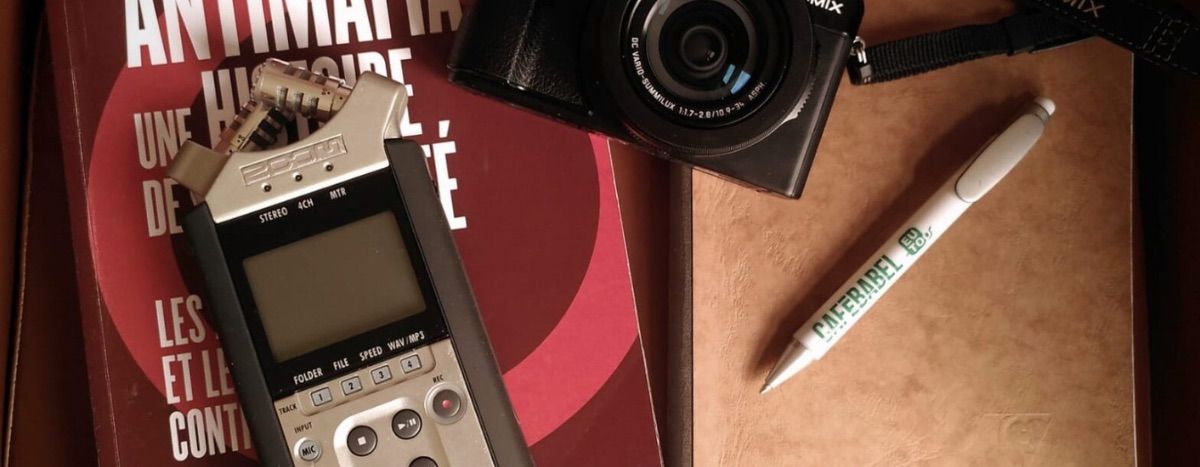
The researcher-journalist duo, the recipe for a top notch investigation
Published on
Translation by:
CafébabelSocial science scientists work over the long term. Journalists, on the other hand, have a vocation to follow the newscycle. But can they collaborate hand in hand on long-term projects? For this third article in our series “Common Grounds”, we are going to Italy with two teams that have explored the relationship between journalists and researchers.
"News is only the first rough draft of History".
This quote, from the former owner of the American newspaper The Washington Post, Philip L. Graham, sums up the difference between the journalist and the researcher.
Both seek to understand and explain the world around us but they don't have the same timeline. A researcher has time for his research and interviews, a journalist often has a tight deadline for the next day.
When a journalist works with a scientist, it is often in the case of an interview. A journalist works on a story, investigates, and needs a researcher to provide context, details and nuance.
Building bridges
However on certain subjects we can consider doing things differently and going beyond this almost transactional relationship. This is why Cafébabel joined the COESO citizen science project for a pilot project on the reuse of confiscated mafia assets in Italy.
An experience lived in tandem by a journalist and a political scientist. Cafébabel readers will already recognize the fruit of this collaboration: “New Landlords”, our features published exclusive in spring 2022 .
A series written by Mathilde Dorcadie, a Brussels-based journalist and editor-in-chief of the French version of the magazine Equal Times and bylines from four continents. As a specialist in societal issues understanding whether the social use of confiscated assets was a success peaked her interests.
The other face of “New Landlords” was Fabrice Rizzoli, doctor of political science, specialist in the topic and president of Crim'HALT, a French association wishing to create a place for “citizen’s reflections on serious crime”.
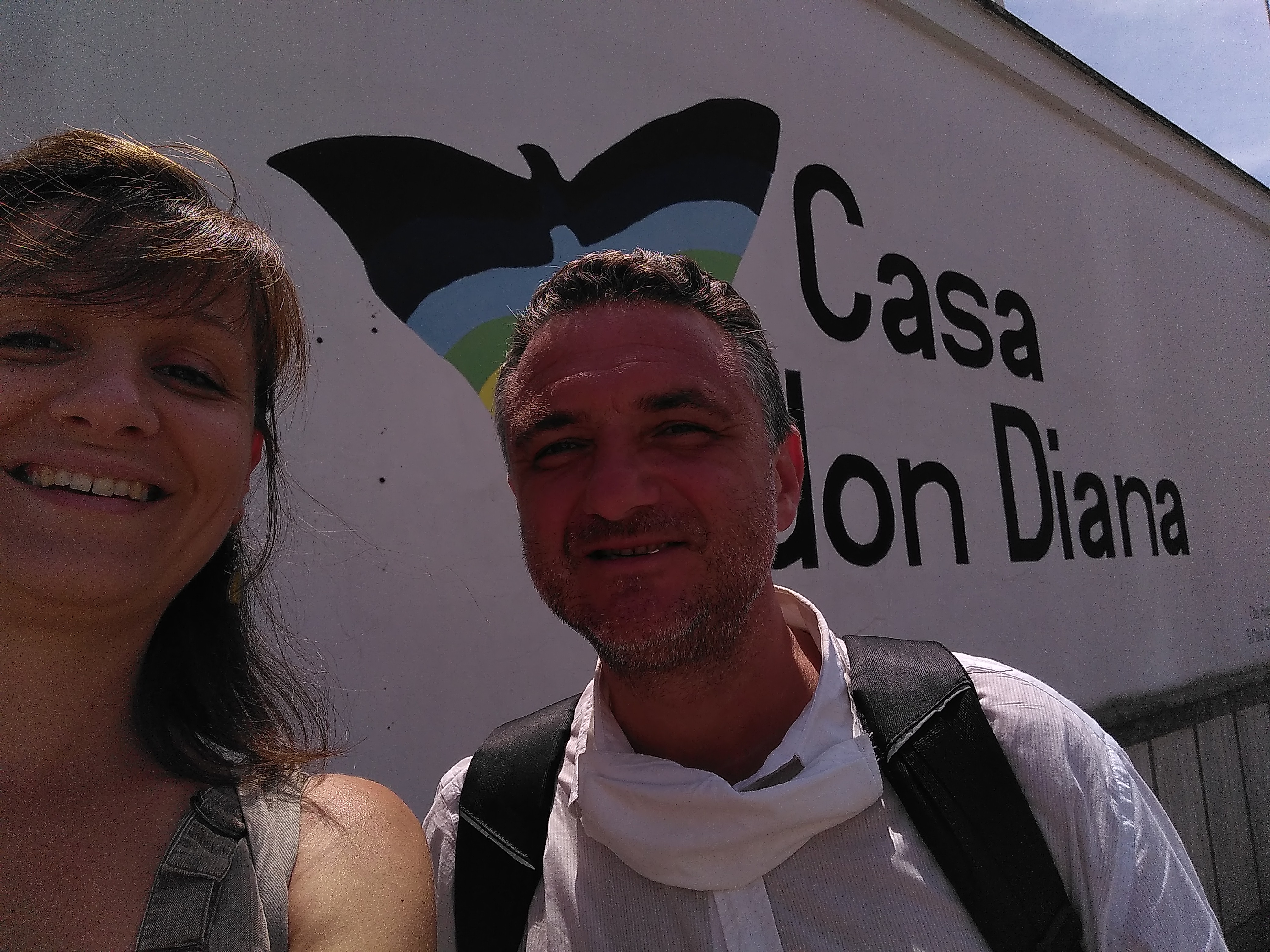
This powerful duo worked together for twelve months each with their own individual and complementary strengths. Journalism and reporting techniques for Mathilde, expertise and activism for Fabrice. The collaboration had to meet two challenges. On the one hand, give the journalistic work time to soak up the field and break free from the usual journalistic rhythm. On the other, to strengthen the visibility and impact of a field of social science research little known to the general public.
Why the Mafia?
The social impacts of the mafia are often overlooked. In broader popular culture, such as films, the mafia has had more of a 'charismatic', even 'sympathetic' image.. For activists and researchers, the lack of dissemination of the ravages of serious crime allows criminals to proliferate, especially in the most popular neighbourhoods. Thus a citizen science research and journalism project, with the methodology of solutions journalism that focuses on Italian NGOs in premises confiscated from the mafia, can reach new audiences.
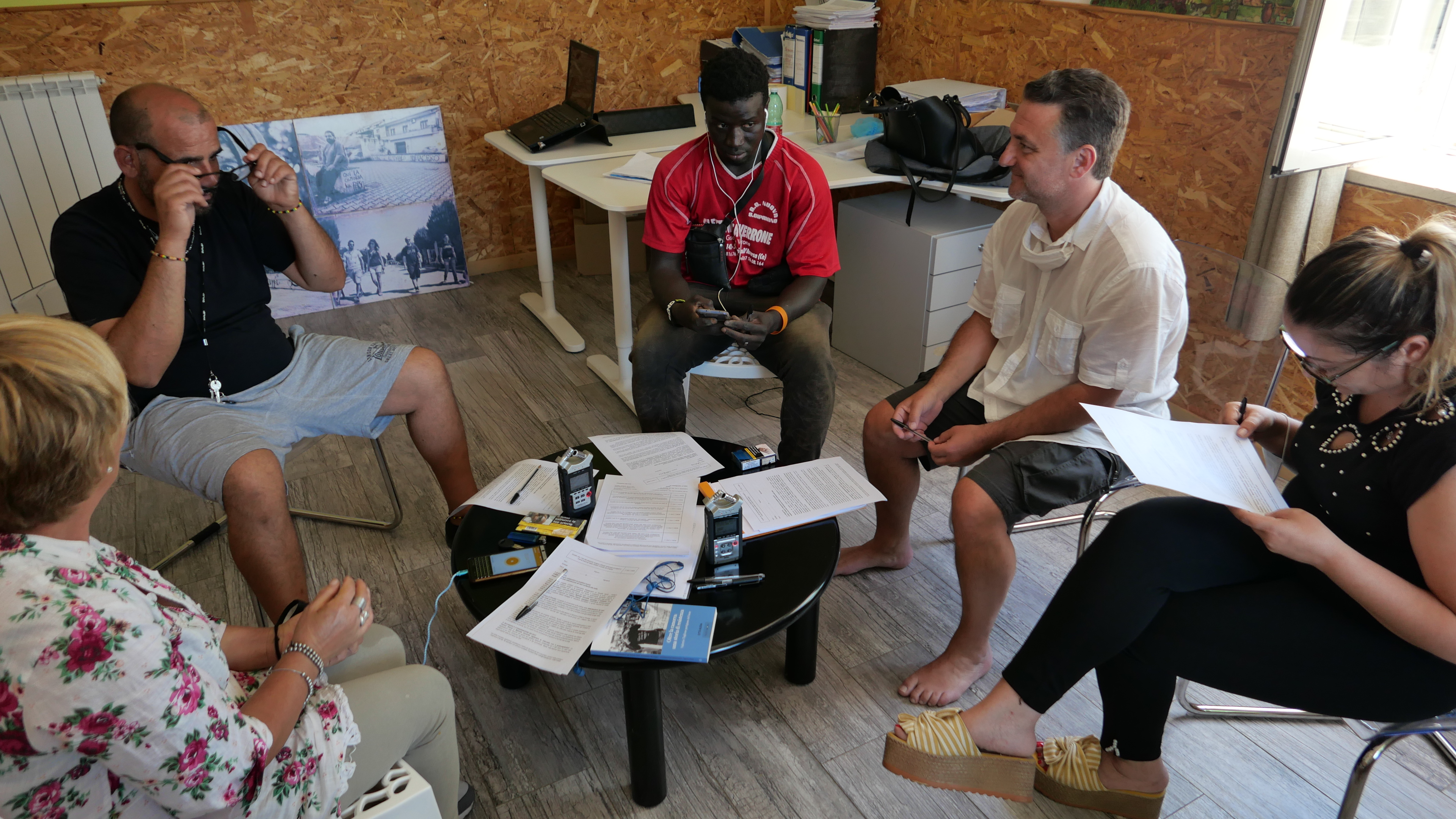
In Calabria or Campania, Fabrice knew of recent initiatives that had emerged to raise awareness oforganised crime and its misdeeds. Mathilde, meanwhile, was not completely unfamiliar with the subject. In 2020, she took part in a training trip for journalists, organised by your favourite participatory magazine, in Naples and Ercolano on the fight against organised crime, where Fabrice led a workshop and participated in the implementation of theproject.
Together almost 24/7
It was therefore quite natural that they should decide to team up and go together to Genoa and Naples, to meet the actors who support initiatives such as bicycle repair shops, social housing, anti-Mafia radio, schools or care centres for disabled persons. All of which are places that were created using buildings confiscated from the mafia.
But instead of classic journalistic work such as interviews, Mathilde and Fabrice went further in preparing their field. During their collaboration, they very regularly exchanged messages, calls and organised meetings ahead of their trips. Once there, they were together almost 24 hours a day.
“Fabrice saved me a lot of time, explains Mathilde, at the beginning of the project I asked him to give me a bibliography, and I hardly needed to go any further, he gave me all the documentation to read, and he continued to share articles with me throughout the collaboration”.
Fabrice, who speaks perfect Italian, played the role of 'fixer', that is to say the person who accompanies a reporter in the field throughout the investigation. _ "We discussed each site together, Fabrice made some proposals, and it was completely negotiable, we then worked on it together", continues Mathilde. The choice finally fell on Naples and its emblematic examples of anti-mafia struggles, but also on the city of Genoa.
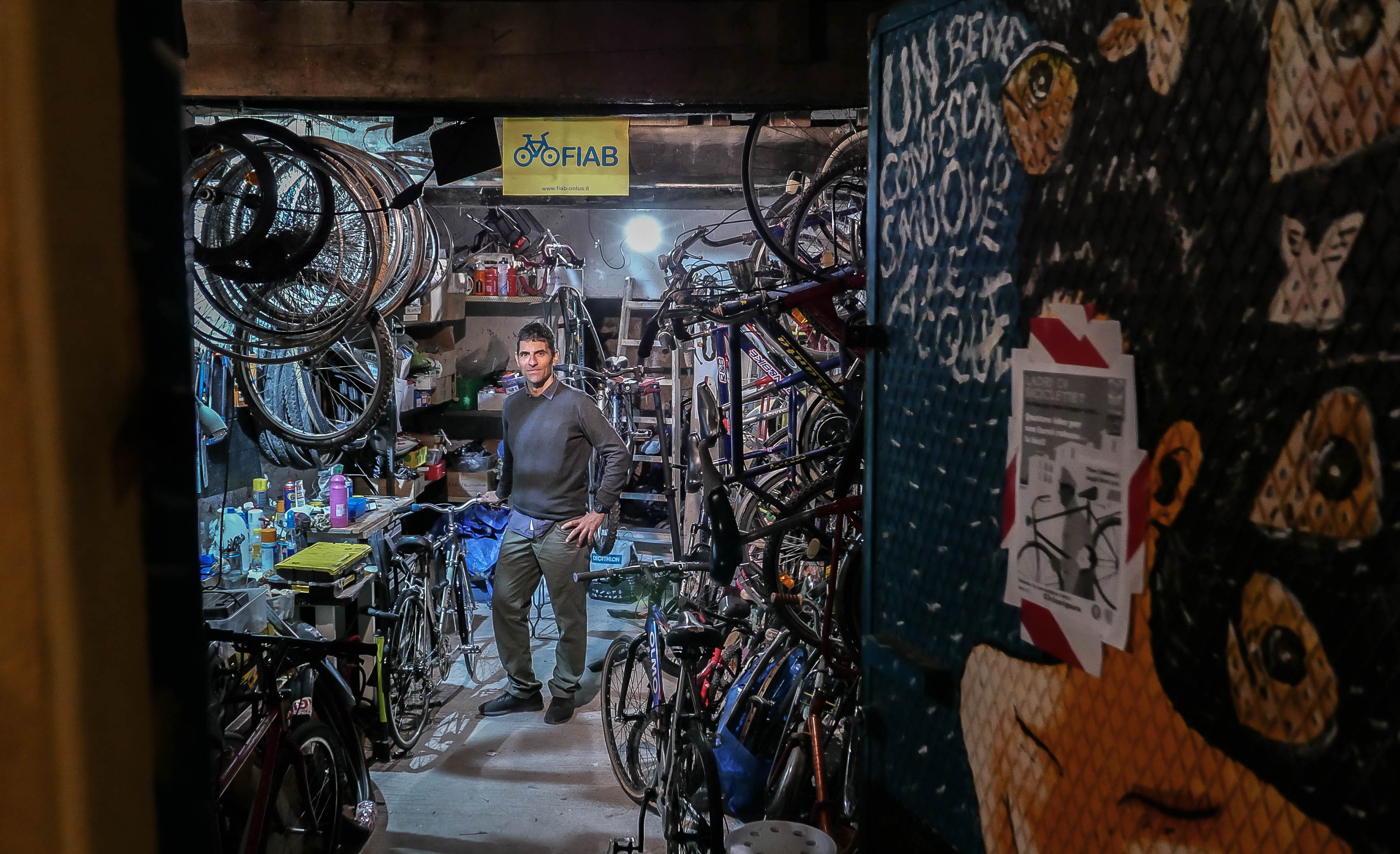
Why these two cities? “The North of Italy has another richer sociology, which struggles to recognize the presence of the mafia on its territory” explains Fabrice. “The use of confiscated assets is also practised there, but faces some obstacles” he added..
Fabrice's expertise and activist approach to making the various anti-Mafia initiatives better known, led the pair to question themselves about possible biases in the choice of subjects and angles.
Mathilde admits that you can easily be influenced by the vision of your partner, who has more experience in the field. But nevertheless she varied her sources and kept a journalistic and non-militant approach.
“My role as a solutions journalist was also to explain the limits of the system. This often led me to ask questions about the difficulties encountered, or the impact observed during the interviews.”
It is the combination of this method and the knowledge of the researcher that makes it possible to obtain reports in a long narrative form with many nuances.
Team up for the investigation
Coincidently, another COESO pilot project brings together Italian researchers and investigative journalists to develop tools to investigate international criminal organisations. Here too, the objective is to advance research in this field and improve the skills of civil society.
This project is led by The Investigative Reporting Project Italy, a collective of investigative journalists launched in 2012. The IRPI partnered with the company Crime&Tech, attached to the Università Cattolica del Sacro Cuore in Milan.
It is difficult to summarise the editorial coups of the IRPI. This collective is well known in our continent for their work, to name a few, on the golden passports or how organised crime linked to drug trafficking has settled in the northern Europe.
Their pitch? Pool resources, tools and access to databases to better investigate organised crime in Italy… or elsewhere.
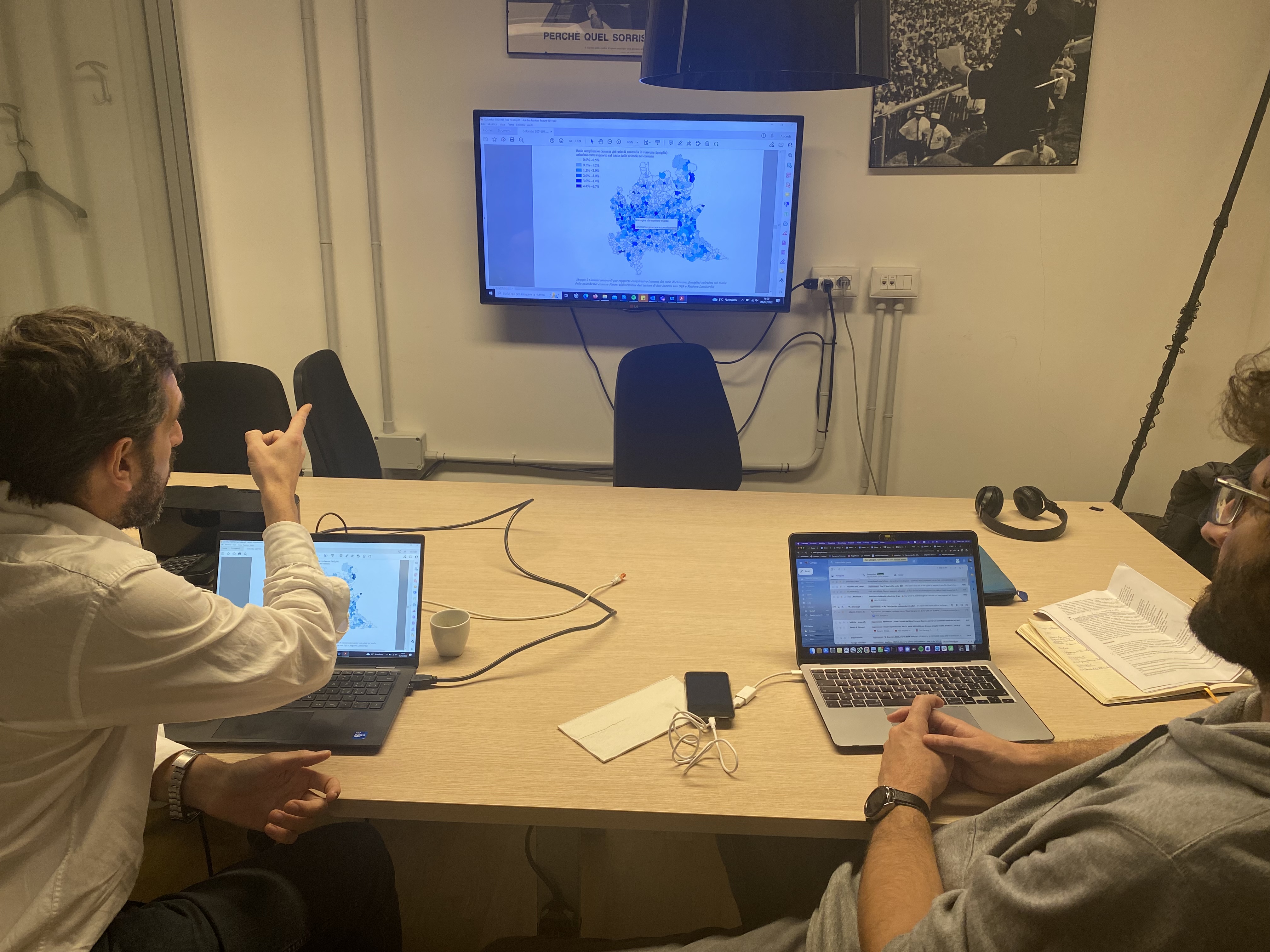
The most important thing is trust
IRPI journalists are used in international investigations, they know tracking down organised crime in official documents (cadastre, business registration, etc.) is essential. It is these documents that make it possible to spot suspicious transactions, legal arrangements or structures that might disguise money laundering. These documents can be the start of an investigation or confirm a tip from a source.
Even if this journalistic work is about as easy as finding a needle in a haystack. Accessing this data also comes at a high cost, several thousand euros per year. “One of the biggest challenges of investigative journalism is being [financially] sustainable. Our investigations are very expensive, particularly because of the cost of access to data” explains the tandem.
Hence the idea of creating synergies and pooling resources. But besides those financial reasons, the duo of a researcher and an investigative journalist leads to exchanges on their methods and practices of investigation.
But is it easy to exchange them? A journalistic investigation always has a degree of confidentiality, in particular the secrecy of the sources. However, using a more scientific approach makes it easier to understand concepts and trends, including the techniques of organised crime to disguise its activities.
“The most important thing in this type of project is trust” for Lorenzo Bagnoli, co-director of the IRPI. “Our participation in COESO has really strengthened the other projects we are carrying out” according to him. His collective will continue to work with researchers.
Even if there are moments of slight friction, linked to the differences in methods, between a journalist and a researcher. “Researchers tend to think that journalists always go a little too fast” he smiles.
A successful duo between researcher and journalist also means taking into account that a journalistic investigation is not intended to be published in a scientific journal. A scientific article and a journalistic investigation do not have the same audiences. Jargon and other acronyms are prohibited. It is therefore also the job of the scientist to trust the ability of the journalist, to accompany their readers, to tell them in the clearest possible way, complicated stories, including obscure financial arrangements.
This story is part of the Cafébabel series "Common Grounds"
This project is in collaboration with the research project COESO (Collaborative Engagement on Societal Issues), at the intersection of social sciences and participatory research. Coordinated by l'Ecole des Hautes Etudes en Sciences Sociales, COESO is funded by the Horizon 2020 research programme. The content of this article can in no way be taken to reflect the views of the European Commission, and the Commission is not responsible for the information contained herein.
Banner © Mathilde Dorcadie
Translated from Le couple chercheur - journaliste, la recette pour creuser les sujets



